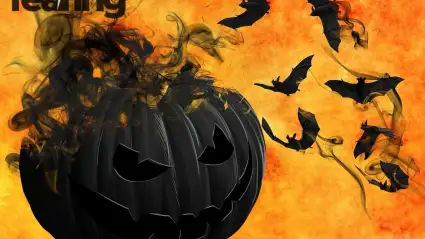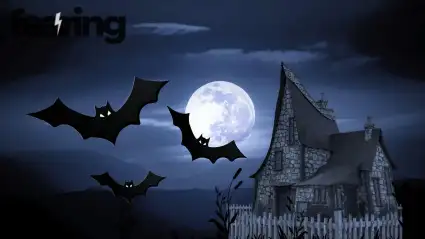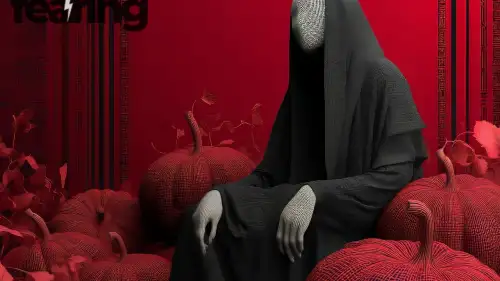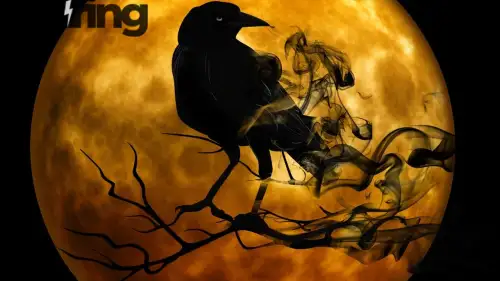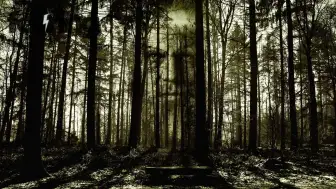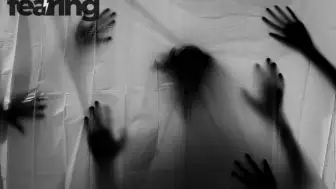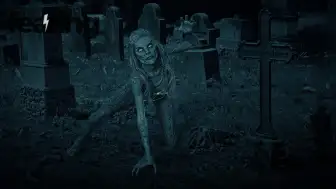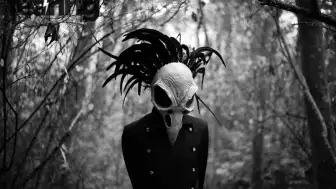Cursed Objects and Artifacts from Around the World have fascinated people for centuries. From ancient tombs to auctioned paintings, these items carry stories of misfortune and mystery that defy explanation. Whether products of coincidence, superstition, or something darker, they reveal how deeply human fear intertwines with history.
Parapsychologist Dr. Dean Radin observes, “A curse is never just about the object — it’s about belief. The mind can make the ordinary extraordinary through fear.”
Why We Believe Objects Can Be Cursed
Humans have long attributed spiritual power to objects. In ancient cultures, belongings were believed to retain the energy — or spirit — of their owners. When tragedy struck, it was easy to blame an artifact.
Anthropologist Dr. Sarah Bartlett explains, “Objects become cursed because they’re emotional fingerprints. We project fear into them when we can’t explain misfortune.”
A Cultural Heritage Study (2025) revealed that 45% of global respondents believe certain objects can carry “negative energy.” That belief has turned museums, private collections, and even attics into landscapes of quiet unease.
The World’s Most Infamous Cursed Artifacts
| Object | Origin | Alleged Curse | Current Location |
|---|---|---|---|
| The Hope Diamond | India | Misfortune and death for owners | Smithsonian Institution, USA |
| Tutankhamun’s Tomb | Egypt | Death to those who disturbed it | Egyptian Museum, Cairo |
| The Dybbuk Box | Poland/USA | Possession and illness | Private collector (formerly eBay) |
| The Basano Vase | Italy | Death within weeks of receiving it | Confiscated and sealed in police vault |
| The Crying Boy Painting | UK | Fires in homes displaying it | Private ownership, scattered |
| Annabelle Doll | USA | Malevolent spirit attacks owners | Warren Occult Museum, Connecticut |
| The Terracotta Warriors’ Tomb | China | Reported deaths of archaeologists | Xi’an, China |
| Ötzi the Iceman’s Artifacts | Alps | Fatalities among researchers | South Tyrol Museum, Italy |
| Black Orlov Diamond | India | Misfortune, suicide, financial ruin | Private collector, New York |
| The Hands Resist Him Painting | USA | Haunting visions and nightmares | Private collection, Los Angeles |
Historian Mary Roach notes, “Curses reflect our fear of consequence — they remind us that touching the past always comes at a price.”
The Science Behind the Superstition
While no empirical proof supports curses, psychology offers compelling explanations.
Coincidence Clustering: Humans notice patterns in random tragedy.
The Nocebo Effect: Fear itself can produce real physical symptoms.
Environmental Factors: Old materials like lead paint or mold can cause illness.
Collective Reinforcement: Shared belief strengthens perceived phenomena.
Neuroscientist Dr. Chris French adds, “The brain doesn’t like randomness. A curse is order imposed on chaos — it gives meaning to the meaningless.”
The Most Famous Case: Tutankhamun’s Tomb
In 1922, archaeologist Howard Carter opened the Pharaoh’s tomb — and unleashed the most famous “curse” in history. Within months, several team members, including Lord Carnarvon, died mysteriously. Newspapers called it “The Mummy’s Revenge.”
Modern science blames ancient bacteria and toxins sealed for centuries. Yet visitors to Cairo’s Egyptian Museum still report chills, headaches, and whispers near Tutankhamun’s artifacts.
Egyptologist Dr. Zahi Hawass insists, “There was no curse — but there was consequence. The tomb’s story shows how myth can outlive science.”
The Dybbuk Box: A Modern Cursed Relic
The Dybbuk Box, an antique wine cabinet sold on eBay in 2003, quickly became an internet legend. Its owners reported strange odors, shadow figures, and sleep paralysis. It even inspired the 2012 film The Possession.
Skeptics link its effects to suggestion — yet paranormal investigator Kevin Mannis, who first listed the box, maintains, “Whatever’s in that box doesn’t like attention.”
The artifact was later acquired by museum owner Zak Bagans, who displayed it briefly before sealing it again after “unexplained phenomena” during an exhibit.
When Art Turns Malevolent
Not all cursed objects come from tombs — some hang on living room walls.
The Crying Boy, a mass-produced painting from the 1950s, became infamous in the UK after dozens of fires reportedly spared everything except the artwork. British tabloids called it “the devil’s portrait.”
Art historian Evelyn Chase suggests a rational cause: “The paint used may have contained flame retardant compounds — ironic proof that fear ignored chemistry.”
Yet collectors still refuse to display it, proving that belief, not evidence, defines a curse.
Haunted Jewelry and Fatal Beauty
Luxury has always attracted superstition. The Hope Diamond, weighing 45 carats, allegedly cursed every owner since its theft from a Hindu temple idol. Victims included French nobility, American heiresses, and museum curators facing ruin or tragedy.
Gemologist Dr. Helen Fisher explains, “Rare gems are already mythic. The curse gives them character — and power.”
The Smithsonian displays the diamond under heavy protection, but visitors still claim to feel “uneasy energy” near its glass case.
The Role of Culture in Cursed Belief
Every society defines curses differently.
In Asia, objects become cursed when linked to disrespect for ancestors.
In Europe, curses often represent greed or desecration.
In the Americas, they’re warnings about breaking promises or disturbing sacred land.
Anthropologist Dr. Ibrahim Kaya notes, “Cursed artifacts are universal — they’re moral stories disguised as mysteries. Every curse warns: respect what came before you.”
Technology and Modern Curses
In the digital era, cursed objects have evolved. Viral stories now claim haunted NFTs, “possessed” hard drives, and USBs containing mysterious videos.
Cyber-anthropologist Marina Lopez comments, “The new cursed artifact is data itself. We no longer touch it — we download it.”
Even AI art has spawned its own legends — images that “shouldn’t exist,” generating uncanny faces or hidden text when re-rendered. What was once carved in stone now exists in code.
Why We Keep Believing
At their core, cursed objects represent control — the idea that unseen justice exists when humans overstep. They connect emotion, guilt, and history into tangible symbols.
Astrophysicist Neil deGrasse Tyson reflects, “We call them curses because we don’t have better words for consequence. The universe remembers balance, even when we forget it.”
Whether coincidence or cosmic retribution, the stories endure because they make us feel small before something larger — and perhaps wiser — than ourselves.
FAQ
Q1: Are cursed objects real?
A1: While no scientific proof exists, belief in curses can cause psychological and physical effects, making them real in impact.
Q2: Has anyone ever died from a cursed object?
A2: Deaths linked to curses often have rational explanations, but belief and coincidence can reinforce the myth.
Q3: Can objects hold energy?
A3: Some physicists and spiritualists suggest materials can retain residual energy, though this remains unproven.
Q4: Where can cursed artifacts be seen?
A4: Museums like the Smithsonian, Warren Occult Museum, and Zak Bagans’ Haunted Museum display several infamous items.
Q5: Can a curse be broken?
A5: In folklore, rituals of cleansing or respect lift curses. In psychology, acknowledgment often replaces fear with closure.
Sources
Smithsonian Institution Archives


